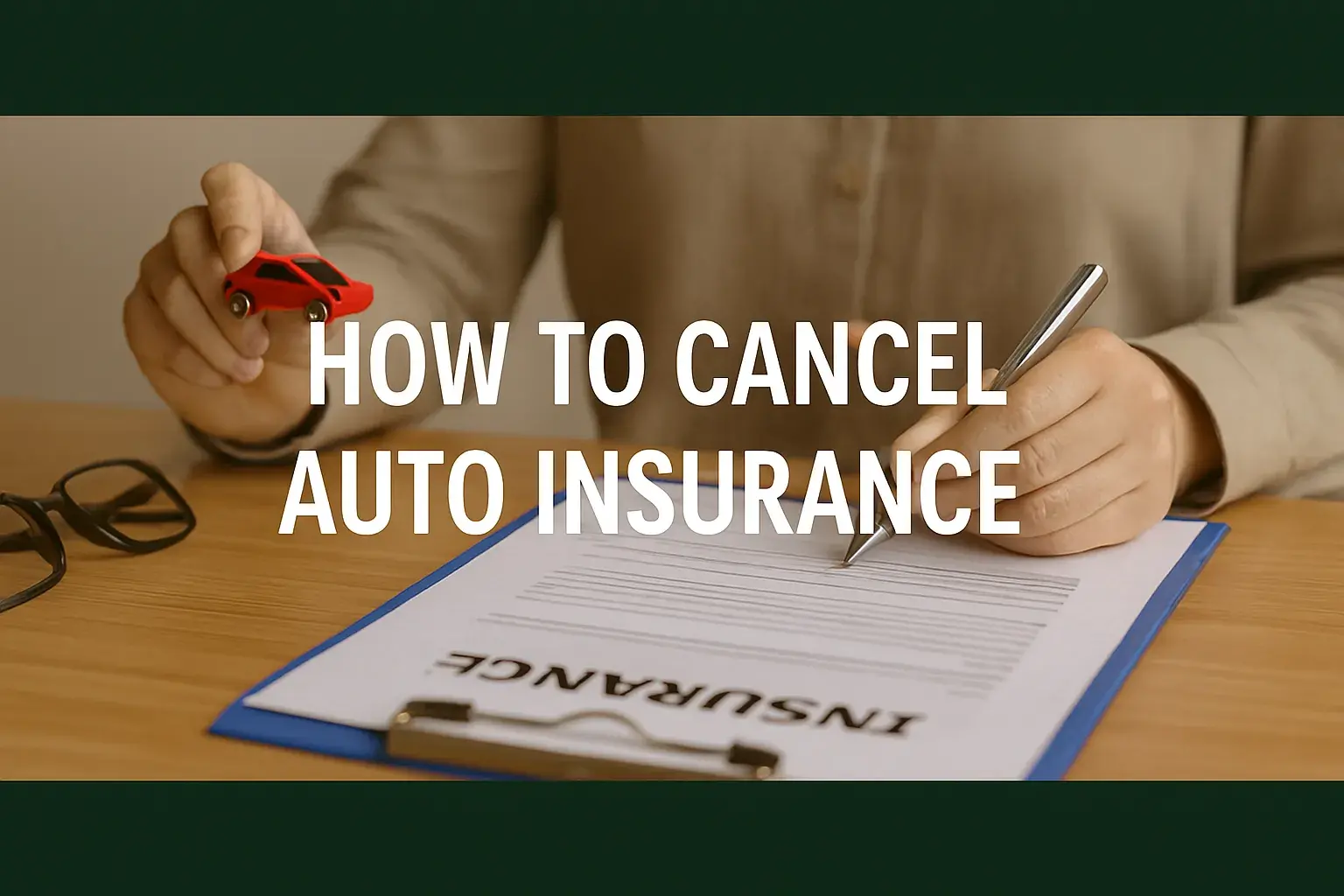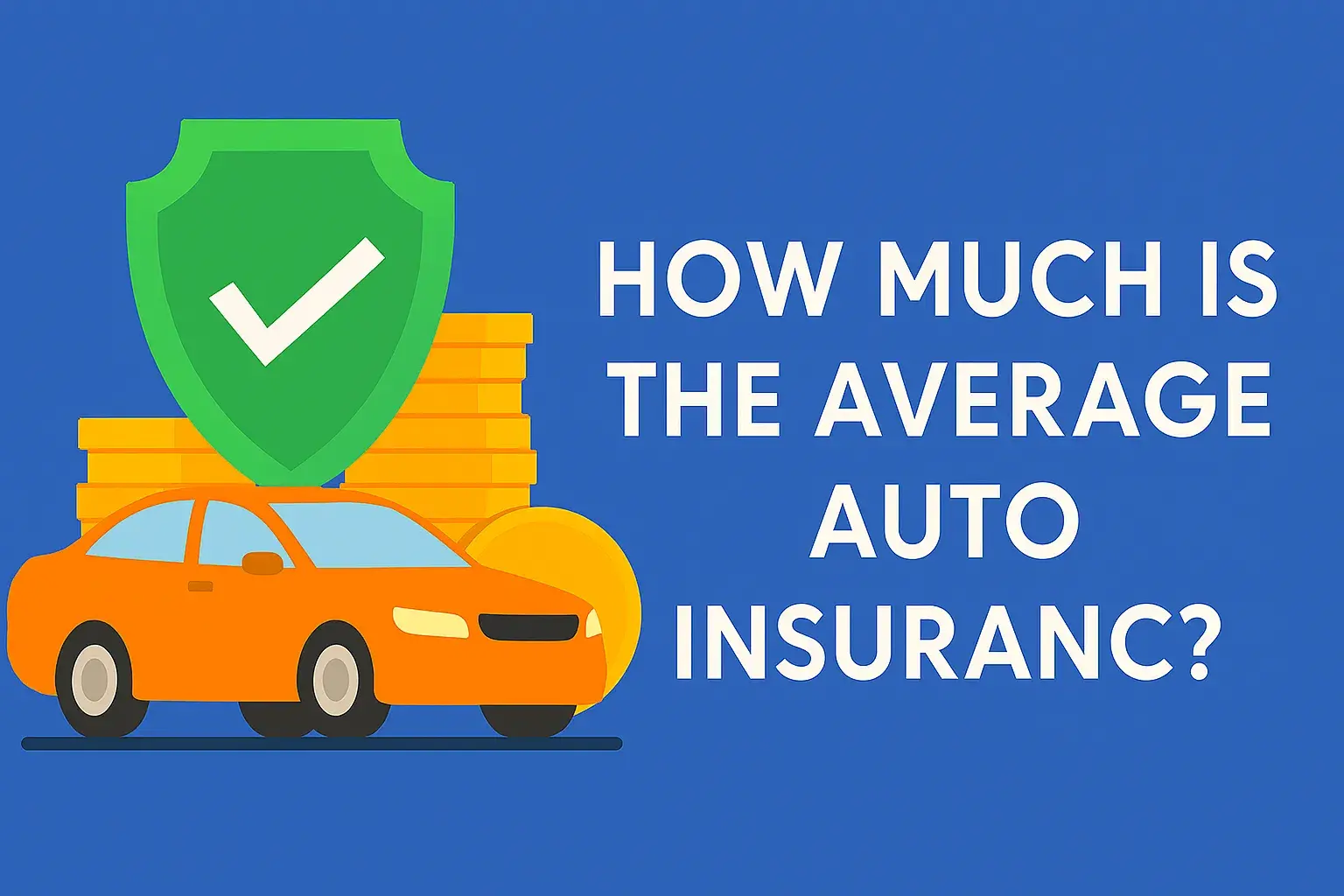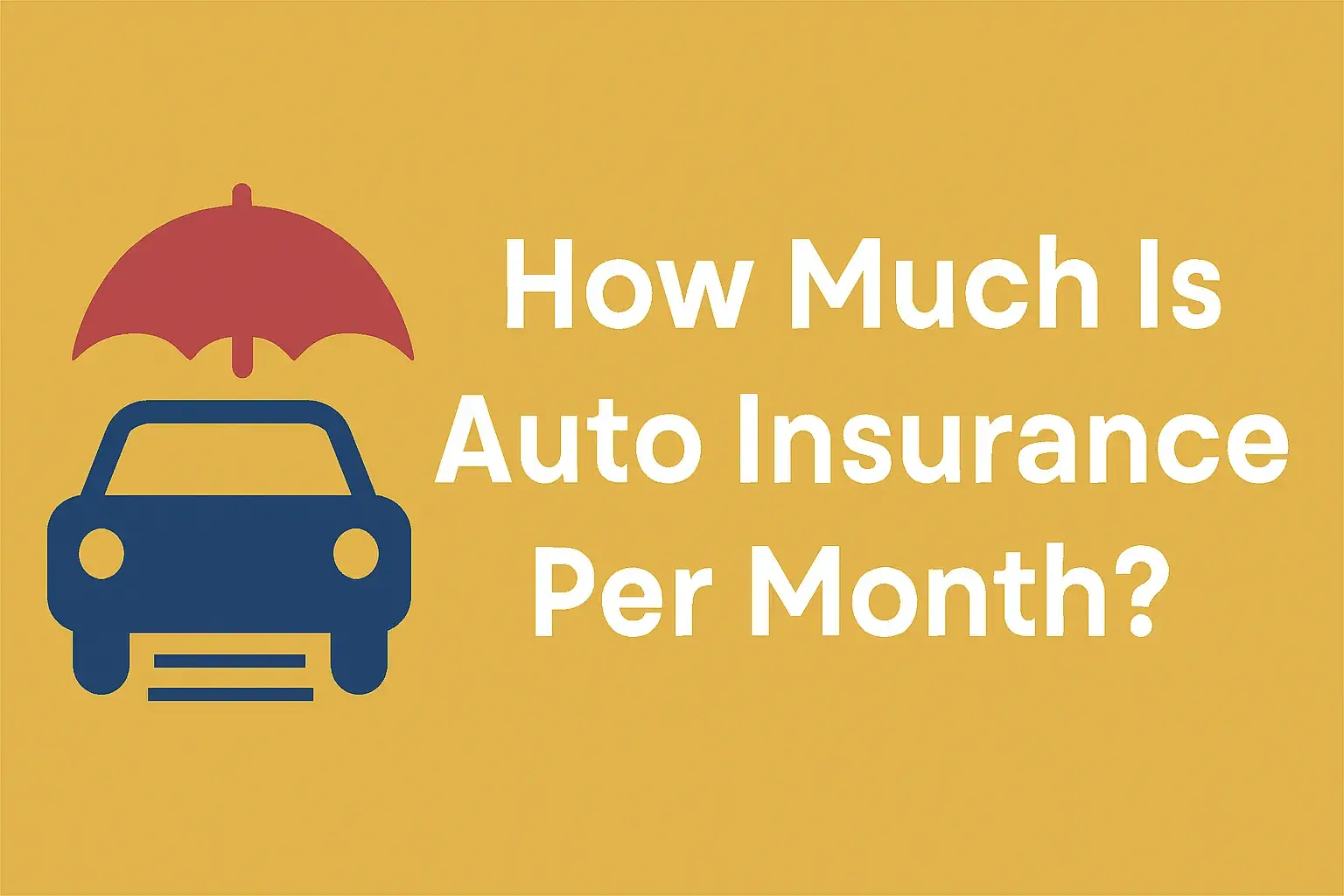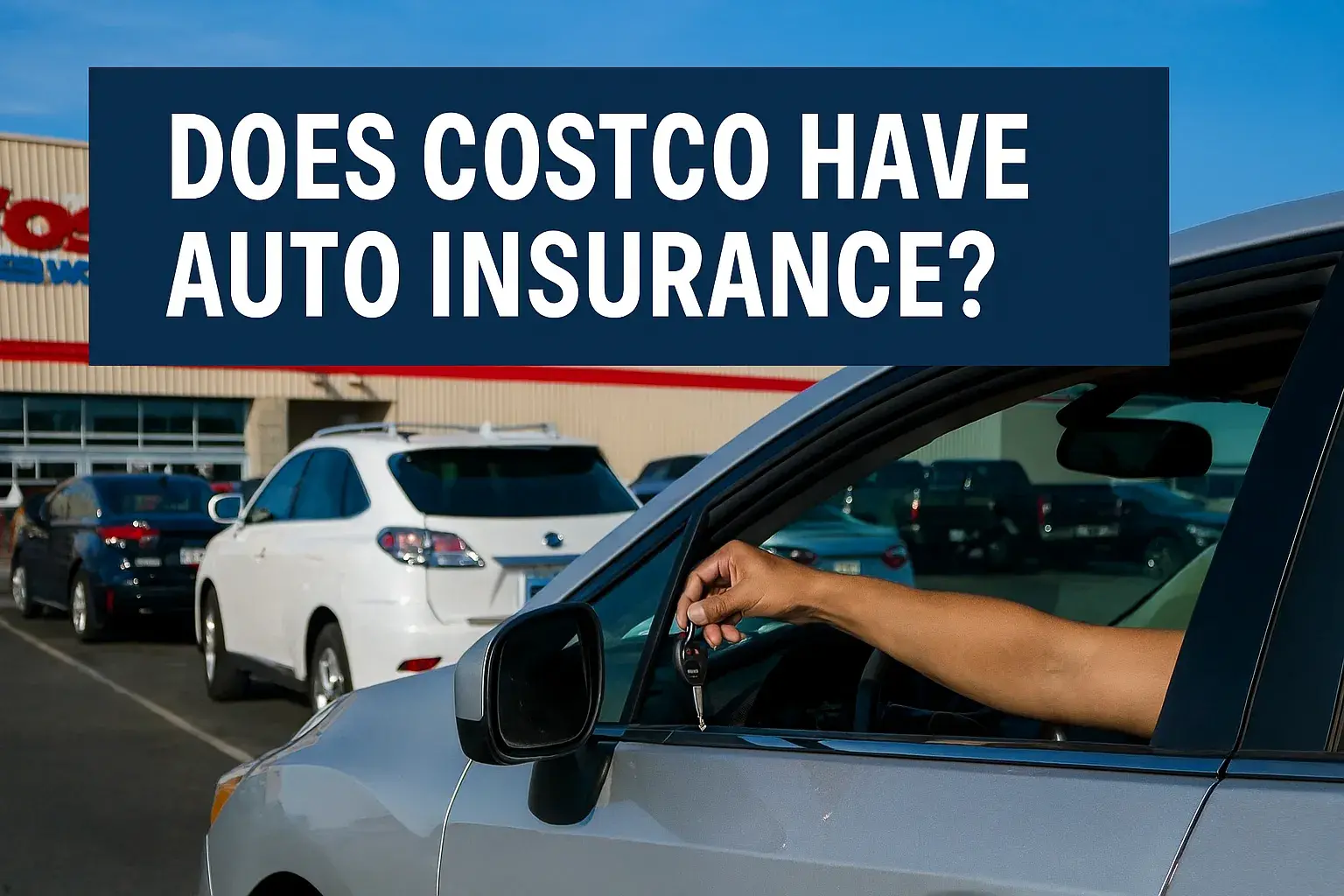11
Sep
Introduction
Life is full of changes. Maybe you sold your car, found a better rate with another company, or are moving to a new state. Whatever the reason, knowing how to cancel auto insurance is a crucial skill for any driver. But canceling your policy isn't as simple as just stopping payments. Doing it the wrong way can lead to fees, coverage gaps, and even legal trouble.
This definitive guide will walk you through the entire process. We'll cover the auto insurance cancellation steps, what to expect for an insurance cancellation refund, and how to cancel insurance without penalty. Let's ensure your cancellation is smooth, smart, and hassle-free.
Step-by-Step Guide on How to Cancel Auto Insurance
Follow this structured approach to ensure you don't miss a critical step when you decide to cancel your car insurance policy.
Step 1: Review Your Current Policy
Before you do anything, dig out your policy documents. Look for two key things:
-
Cancellation Clause: This outlines the specific rules, any potential fees, and the required notice period.
-
Refund Policy: Understand how your company calculates refunds for prepaid premiums.
Step 2: Secure New Coverage (If Needed)
Never cancel your old policy before your new one is active. A lapse in coverage is a red flag for insurers and can lead to higher future premiums. We'll cover how to switch auto insurance seamlessly later in this article.
Step 3: Contact Your Auto Insurance Company
Reach out to your agent or customer service. Clearly state your intention to cancel and ask them:
-
What is the exact procedure?
-
Are there any cancellation fees?
-
What is the effective date of cancellation?
-
How will my refund be processed?
Step 4: Provide a Formal Written Request (If Required)
Many companies require a signed car insurance cancellation letter for their records. Even if they don't, it's a good practice to have written proof.
Step 5: Get a Cancellation Confirmation
Do not assume the job is done after a phone call. Request written confirmation via email or letter that your policy has been canceled effective a specific date. Keep this for your records.
Step 6: Verify the Final Refund or Bill
Ensure you receive your final accounting statement. It should show any refund you are owed or any final balance you might owe them.
Different Ways to Cancel Your Policy
You typically have several options to initiate your auto insurance cancellation. The best method depends on your provider.
1. Canceling by Phone
This is the most common method. Calling your auto insurance company's contact number is direct and allows you to ask questions immediately. Always note the name of the representative you speak with.
2. Canceling Online
Many modern insurers allow you to cancel entirely through your online account portal. This is often the fastest and most convenient method, providing digital confirmation.
3. Canceling In-Person
If you have a local agent, you can visit their office. This is a good option if your situation is complex and you want face-to-face assistance.
4. Canceling via a Written Letter
Sending a formal car insurance cancellation letter via certified mail provides a paper trail. This is highly recommended as proof of your request.
Things to Consider Before Canceling
A quick decision can have long-term consequences. Pause and think about these points.
-
Avoid a Coverage Gap: Even one day without insurance is illegal in most states and extremely risky.
-
Check for Fees: Canceling car insurance before renewal might trigger a short-rate fee, which is a penalty for early termination.
-
Payment Timing: If you pay monthly, you might just owe for the days you were covered. If you paid in full, you're due a refund.
-
Other Policies: If you have other policies (home, life) with the same company, canceling your auto insurance might affect discounts on those bundles.
Refunds & Fees: What to Expect
Understanding your potential insurance cancellation refund is key.
How Refunds Work
If you prepaid your premium for a six-month or one-year term, you are entitled to a refund for the unused portion of your policy, minus any fees. This is called a pro-rata refund.
Understanding Cancellation Fees
Some companies charge a flat fee for early cancellation. Others use a "short-rate" penalty, which is a percentage of the unearned premium. Your policy documents will detail this.
How to Get Your Refund
Refunds are typically issued via check or direct deposit to the original payment method within a few weeks of processing the cancellation.
Switching to a New Insurance Policy the Right Way
Learning how to switch auto insurance is a part of savvy financial management.
-
Shop Around: Get quotes from several insurers while your current policy is still active.
-
Set the Start Date: When you buy the new policy, set the start date to coincide with the end date of your old policy. This creates a seamless transition.
-
Cancel the Old Policy: After the new policy is in force, contact your old insurer to cancel. Inform them that the reason is "switching carriers."
Common Mistakes to Avoid
-
Letting Coverage Lapse: This is the biggest mistake. It leads to higher rates and legal issues.
-
Assuming Automatic Cancellation: Selling your car does not automatically cancel your policy. You must inform your insurer.
-
Not Getting Confirmation: A verbal agreement isn't enough. Always get written proof of cancellation.
-
Forgetting to Cancel Automatic Payments: After canceling, contact your bank to stop any scheduled payments to the old insurer.
Legal and Financial Considerations
-
State Laws: All states except New Hampshire require drivers to maintain a minimum level of liability insurance.
-
License Reinstatement Fees: If you're caught driving without insurance, you could face hefty fines and license suspension.
-
Credit Impact: An unpaid final premium bill could be sent to collections, damaging your credit score.
Real-Life Scenarios and Examples
-
Scenario 1: Selling a Car. Maria sells her car on June 15th. She calls her insurer that day to cancel her policy effective June 15th. She receives a refund for the remaining two months of her prepaid six-month premium.
-
Scenario 2: Finding a Better Rate. David finds a policy that saves him $300 a year. He bought the new policy to start on August 1st. On July 31st, he calls his old company to cancel, effective August 1st. He avoids any coverage gap.
-
Scenario 3: Moving to a New State. Sarah is moving. Her current insurer doesn't operate in her new state. She researches new providers in her new state, buys a policy, and then cancels her old one effective her move date.
Conclusion
Knowing how to cancel auto insurance properly protects your wallet and your driving record. It’s a straightforward process if you plan, avoid coverage gaps, and get everything in writing. By following this guide, you can navigate your cancellation with confidence.
Ready for a better insurance rate? Get a free quote from top providers today before you make your move!
Frequently Asked Questions (FAQ)
1. Can I cancel my auto insurance anytime?
Yes, you can cancel your auto insurance policy at any time. However, refunds and fees depend on the terms of your specific policy contract.
2. Is there a penalty for canceling car insurance?
Some insurers charge a flat cancellation fee, while others may apply a short-rate penalty if you cancel before your policy term ends. Always review your policy documents first.
3. Will I get a refund after canceling my auto insurance?
If you prepaid, you will usually receive a prorated refund for the unused portion, minus any cancellation fees.
4. How do I cancel auto insurance if I sell my car?
Contact your insurer with the sale date and request cancellation effective that date. Proof of sale may be required.
5. Can my insurance company cancel my policy without notice?
Once a policy has been in force for over 60 days, it cannot be canceled without a valid reason such as non-payment, fraud, or license suspension. Written notice is required.
6. What documents are required for cancellation?
Usually, your policy number, ID, and cancellation date are required. A signed car insurance cancellation letter is often sufficient.
7. Can I switch insurance without canceling first?
Yes. Always secure your new policy before canceling the old one to avoid a lapse in coverage.
8. How long does it take for a cancellation to process?
Most cancellations process immediately or within one business day, but refunds may take 15–30 days.
9. What happens if I cancel and don’t buy new coverage?
You’ll have a lapse in coverage, which is illegal if you drive. This lapse is reported to state databases and can raise your future premiums.
10. Do I need a cancellation letter for car insurance?
Not always, but sending a signed cancellation letter via certified mail creates proof of your request and protects you from disputes.
Resources :
5 ways to help lower Auto Insurance rates
https://www.perfinsure.com/blog/5-ways-to-help-lower-auto-insurance-rates/
What is comprehensive insurance
https://www.perfinsure.com/blog/what-is-comprehensive-insurance/





